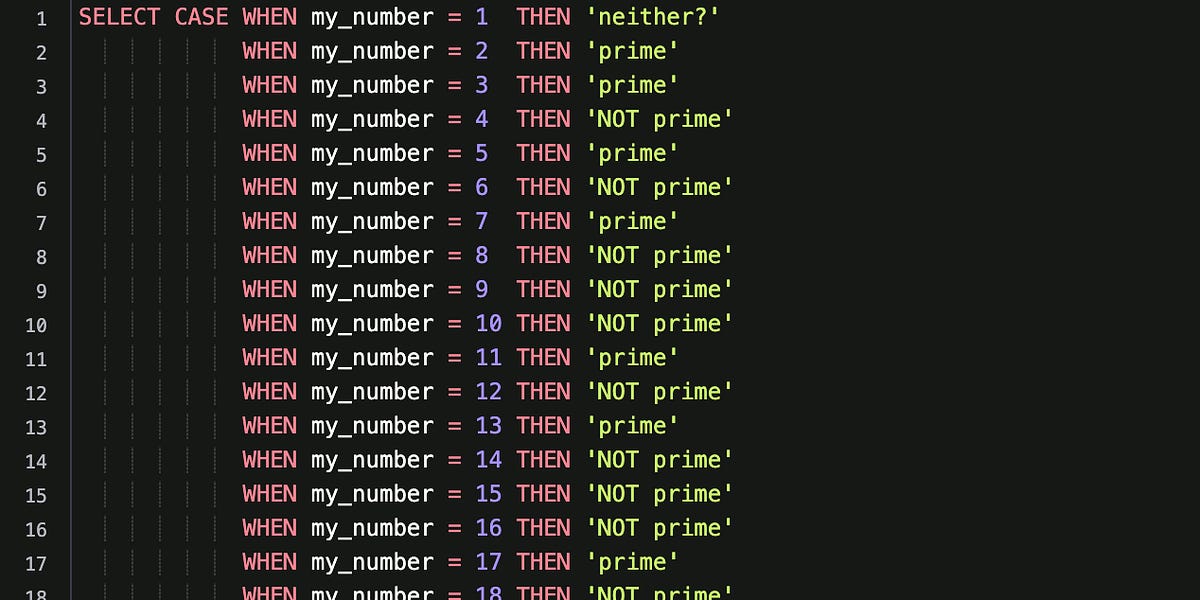
Context-aware security incident response with Dynatrace Automations and Tetragon
For the most severe threat scenarios, you want multiple layers of automated defenses, and not have to rely on humans to analyze the traces of an attack weeks after your system got compromised. Many security teams use runbooks to glue together tools, processes, events, and actions for security incident response. A runbook lays out the step-by-step instructions to follow when a security incident happens, when an emerging threat surfaces, or when your security tool reports suspicious behavior.
But runbooks that stitch together glamorous security tooling are merely decorations without automated workflows for incident detection and response.
The security community agrees on many high-level best practices in such situations, but we need a single platform solution to orchestrate application security, observability, and DevOps practices. Because every situation is a little unique, Dynatrace makes it easy to create custom runbooks using Dynatrace Automations, fine-tuned to your individual business risks.
In this blog post, we’ll demonstrate how to use Dynatrace Automations to build a runbook that combats sophisticated security incidents with honeytokens and eBPF-based detection. We show an end-to-end solution, starting with deploying policies in a Kubernetes cluster and ending in a pull request assigned to the responsible team, all without manual intervention.

















